Pathogen Intelligence already impacts public health and clinical practice in Arizona and beyond.
Bacteria

Small subpopulations of antibiotic-resistant TB bacteria can be detected early and accurately using specialized genomic technology, which significantly impacts the clinical management of drug-resistant TB.

A statewide genomic surveillance system for invasive Group A Streptococcus was developed to identify emerging strains and clusters of infections that warrant public health action. This serves as a model for the next generation of public health surveillance.

Phylogenetic analysis revealed that a surgical team member colonized with methicillin-resistant Staphylococcus aureus (MRSA) was not the source of numerous surgical site infections occurring in a Northern Arizona hospital over a one-year time period.

Using real-time PCR, TGen North demonstrated that environmental contamination from vaccine aerosolization was the cause of several pertussis diagnoses from a pediatric clinic in southern Arizona.
Pertussis “Outbreak” from Vaccine Contamination

Genomic sequencing determined that the source of the cholera outbreak in earthquake-ravaged Haiti was the United Nations peacekeepers from Nepal, where cholera is widespread.

Raw wastewater, reclaimed water, and potable water were analyzed for the presence of antimicrobial resistance (AMR). Although pathogenic bacterial species in the reclaimed water were found to be carried by environmental-type species, they can still serve as reservoirs for AMR.

Zoonotic disease outbreaks of Salmonella enterica serotype Typhimurium in the United States can be predicted through whole-genome sequencing data.
Fungi

A genomic epidemiologic investigation of a fungal meningitis outbreak confirmed the source of the fungus (genus Exserohilum) was from contaminated vials of injected back pain steroid.

Genomic investigations of the fungus Apophysomyces, identified after the tornadoes in Joplin, Missouri, gave clues as to the cause of the outbreak and its natural ecology in the environment.
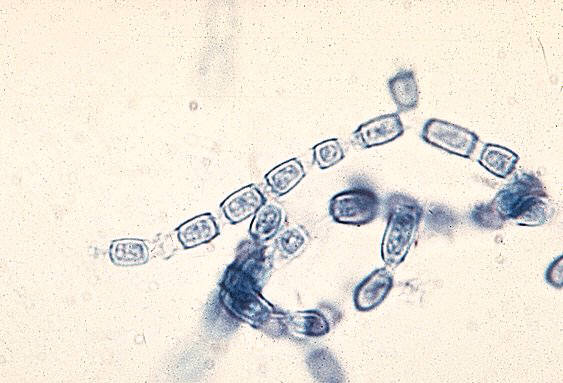
Using next-generation DNA sequencing, TGen researchers determined that a deadly outbreak of Valley Fever in transplant recipients was caused by infected organs from the donor.

Strain-specific genetic features of Cryptococcus gattii, a fungus with origins in Brazil that emerged in the Pacific Northwest, are currently being explored as potential causes of its increased virulence.

Multifaceted strategies are being used to examine the fungus Coccidioides in soil, air, and mammalian hosts (both dogs and humans) to understand how to detect, prevent and respond to this Southwestern pathogen.
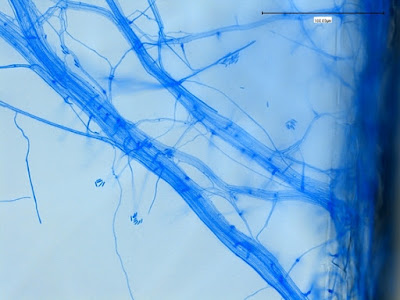
Whole-genome sequence typing (WGST) was used to investigate an outbreak of Sarocladium kiliense bloodstream infections associated with receipt of contaminated anti-nausea medication among pediatric cancer patients in Colombia and Chile.
Viruses
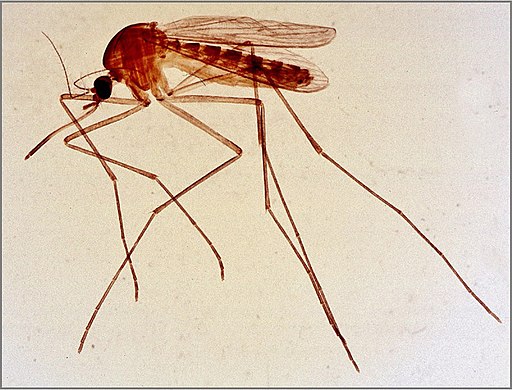
Ongoing viral sequencing from mosquito pools has demonstrated how WNV moves across the region and allows for the development of phylogeographic models.
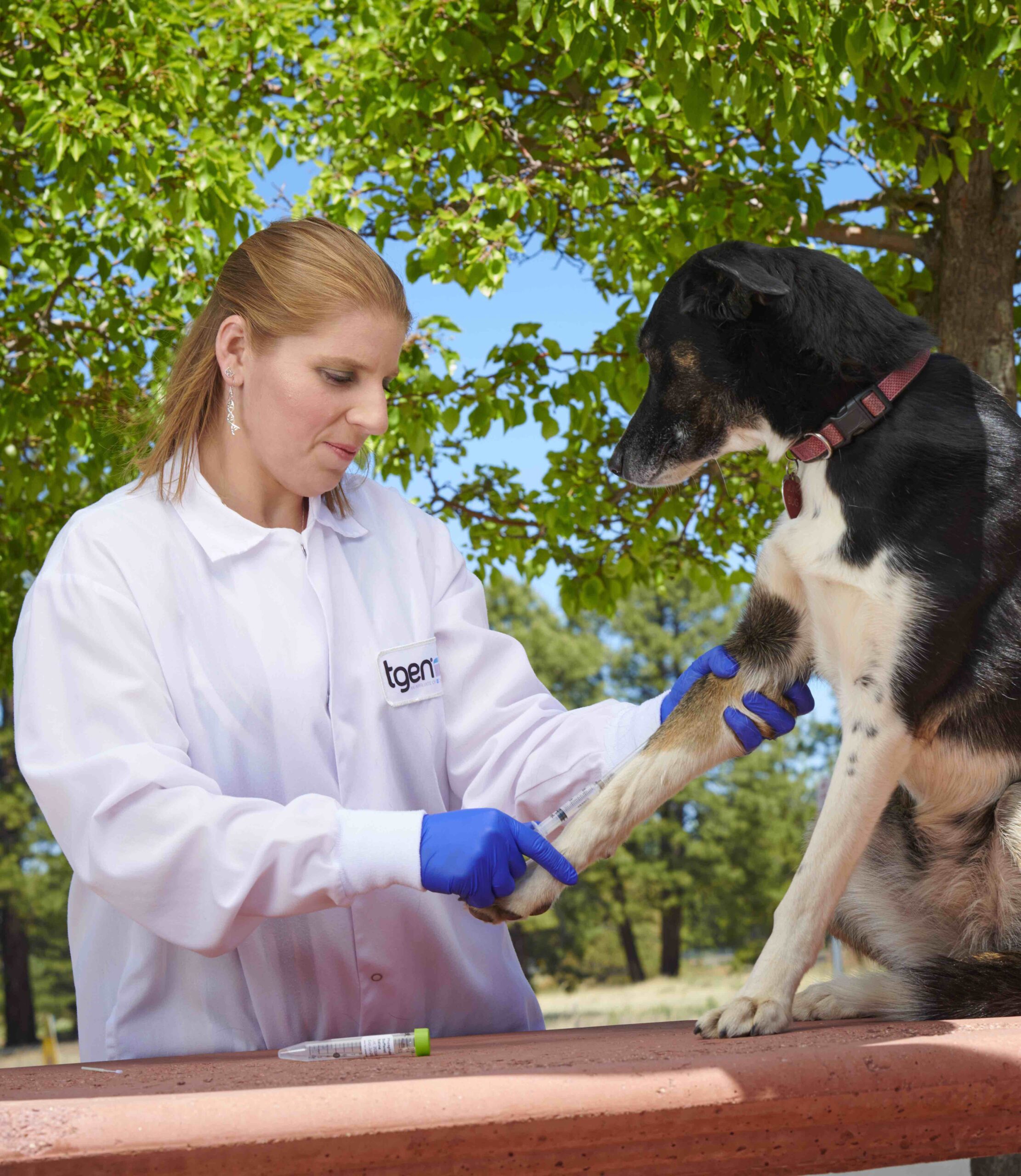
Whole genome sequencing of COVID-positive samples from a cat, dog, and pet owner revealed identical viral genomes of the B.1.575 lineage, which suggests zoonotic transmission of SARS-CoV-2 from human to at least one pet.

Wastewater surveillance is being conducted as an early detection method to understand SARS-CoV-2 circulation in Arizona communities.

Genomic analysis combined with extensive contact tracing revealed SARS-CoV-2 introductions and early transmission patterns in an Arizona tribal community.

While a pathogenic strain of influenza H1N1 was circulating across the globe in pigs, the first Arizona cases associated with the 2009 swine flu epidemic were confirmed by TGen North, which lead to development of a new assay.
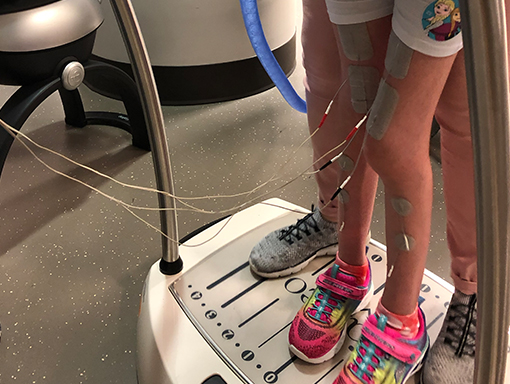
Multiple genomic methods were used to test respiratory and CSF samples of children exhibiting polio-like symptoms, providing evidence that EV-D68 is a cause of acute flaccid myelitis—a link that had not yet been made by CDC.
